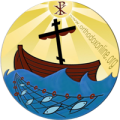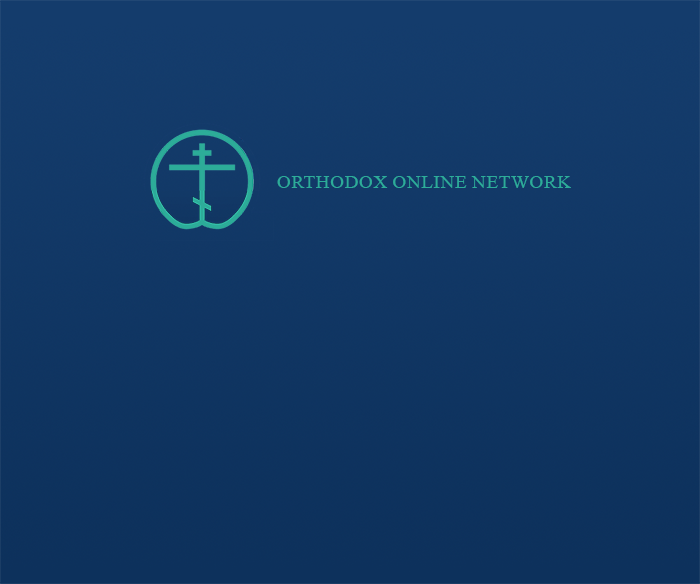What is meant by the Sermon on the Mount is the sermon conveyed by Matthew the Evangelist over three complete chapters (5-7), and it is rich in the teaching that the Lord Jesus wanted to reach every human being so that he could act upon it and obtain eternal life.
It is known that the Apostle Matthew wrote his book around the year 80, and distributed Jesus’ sayings into five major sermons: the Sermon on the Mount, Jesus’ commandments to his twelve disciples (Chapter 10), Proverbs (Chapter 13), Conduct of the Christian Community (Chapter 18), and finally the Discourse. The Farewell (Chapters 23-25). The importance of the Sermon on the Mount is that it contains many topics that the Lord Jesus touched upon, changing many standards that were known at that time, because in this sermon he opened a new saving teaching based on a new law.
The Sermon on the Mount contains the following topics: The Beatitudes (5:3-12), the salt of the earth and the light of the world (5:13-16).
The Old Law and the New Law (5: 17-48), where the words of the Lord Jesus are repeated six times: “You have heard that it was said to the ancients... But I say...” Then the Lord speaks about charity (6: 1-4), and prayer (6: 5- 15) Where he teaches them the “Our Father” prayer, fasting (6: 16-18), true treasure (6: 19-21), the eye is the lamp of the body (6: 22-23), God and money (6: 24), and about divine providence. (6: 25-34). The Lord then moves on to talk about not passing judgment on others (7: 1-5), and the Father’s response to the requests of those who believe in Him (7: 7-11), and about the golden rule, which means: “So whatever you want people to do to you, do it yourself.” To them: This is the law and the prophets” 7:12). Then he speaks about the narrow door of salvation (7: 13-14), warns against false prophets (7: 15-20), and defines who the true disciples are (7: 21-27) as those who work according to the will of the Father in heaven. The Evangelist Matthew concludes his sermon by saying: “When Jesus completed these sayings, the crowds were amazed at his teaching, because he was teaching them as one who had authority and not as the scribes” (7: 28-29). It is worth noting that at the end of each of the five sermons mentioned above, Matthew writes: “And when Jesus had finished these sayings.”
In the sixth chapter of his Gospel, verses 20-49, the Apostle Luke mentions what is briefly parallel to the Sermon on the Mount. But he places it in an “easy place” (6:17). According to Luke, the sermon begins with the Beatitudes, followed by the commandment to love enemies, the commandment to mercy, and treatment of brothers, and then the conclusion.
It seems that the sermon contained in the Gospel of Luke is older in wording than that contained in the Gospel of Matthew, because it is known among Bible scholars that if there are several formulations of one text, the smaller text is the oldest among them. Since most of what was mentioned in the sermon in the Gospel of Luke is present in the sermon in the Gospel of Matthew, this means that the sayings of the sermon were in circulation before the writing of the two Gospels, so Matthew took them and added other sayings to them that were also known in the first group, while Luke recorded them as they were without additions, and he wrote down the sayings. The others are in their places according to their occasions.
The “Our Father” prayer, which Matthew mentioned in the Sermon on the Mount in the context of his talk about prayer, was mentioned by Luke in another place, specifying the occasion for the Lord’s teaching of it to his disciples: “And while he was praying in a place, when he had finished, one of his disciples said: O Lord, teach us to pray as John also taught his disciples. And he said to them: When you pray, say, “Our Father…” (Luke 11:1). The same applies to the topic of “salvation through the narrow gate.” While Matthew mentions this topic without occasion in the sermon, we find that Luke introduces it with a question directed to Jesus by an unidentified man: “Lord, are few those saved? And he said to them, “Strive to enter through the narrow gate” (Luke 13:23-24). This means that the Sermon on the Mount contained in the Gospel of Matthew was composed of separate sayings of Jesus that he said on different occasions. Some of these sayings sometimes do not exceed one verse, such as verse 6:24, which says: “No one can serve two masters.” Because either he hates the one and loves the other, or he stays with the one and despises the other. You cannot serve God and mammon.” Matthew the Evangelist collected these sayings in one place for their educational benefit and importance.
If the Sermon on the Mount consists of a new law, a teaching about how a believer should behave, and a warning about judgment, then it was written first for the sake of our salvation. By believing in Jesus as Lord and Savior and acting according to His commandments and teachings, the door to the Kingdom and eternal life is opened for us.
From my parish bulletin 1996

